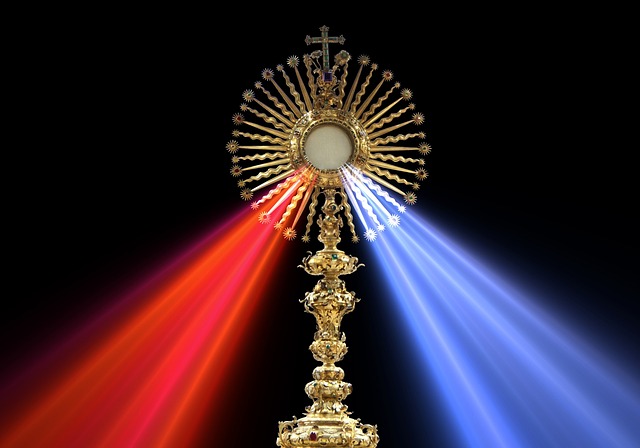Exploring the Impact of a New Religious Movement on Community Unity
In recent years, the world has witnessed the rise of new religious movements that seek to define themselves in a rapidly changing spiritual landscape. These movements often resonate deeply with individuals seeking meaning and connection, offering not just a worldview but a community. But what happens when these religious movements enter existing communities? How do they influence communal ties, and do they promote unity or drive division?
At the heart of any religious movement is the desire for belonging. Individuals are naturally drawn to groups that share their beliefs, prayers, and values. This can foster a sense of solidarity and purpose. When a new religious movement emerges, it often provides a fresh perspective on age-old questions about existence, morality, and purpose that many struggle with in today’s complex society. As more individuals join, they bring their backgrounds, traditions, and interpretations into the fold, enriching the community fabric.
However, the introduction of a new religious movement can also present challenges to existing community structures. For some, this new presence may feel threatening, especially if established beliefs and practices clash with the ideologies of the new movement. Fear of the unknown can lead to skepticism and resistance, which might ultimately result in a divided rather than united community. Understanding is crucial here; dialogue between long-standing community members and newcomers can bridge gaps and foster respect, emphasizing common ground over differences.
The impact of a religious movement is multidimensional. It often encourages the re-evaluation of shared values, prompting discussions around inclusivity and tolerance. As community members engage with new ideas and practices, they may find that their own beliefs are challenged and, ultimately, strengthened. This exchange can lead to collaborative initiatives that bring diverse groups together, fostering a spirit of unity and collective action for the betterment of all.
Moreover, new religious movements often champion social causes that resonate with community values, such as charity work, environmental stewardship, and social justice. These shared goals can create powerful bonds between individuals, regardless of their differing religious beliefs. When people unite for a common cause, the barriers that separate them begin to dissolve, paving the way for deeper understanding and cohesion.
In exploring the impact of a new religious movement on community unity, it is essential to recognize that every group’s journey is unique. The integration of new beliefs can provoke both tension and resilience, prompting communities to grow and adapt in ways they may never have anticipated. In this intricate dance of faiths, communities can emerge more robust and harmonious, equipped to navigate the complexities of modern societal interactions with empathy and understanding.
The intersection of religion and community is ever-evolving, offering opportunities for growth, dialogue, and unity. Embracing the richness brought by new religious movements may well lead to a deeper sense of togetherness that transcends individual beliefs. Let us remain open to the possibilities that come when diverse faiths intertwine, envisioning a world where unity thrives amidst diversity.




